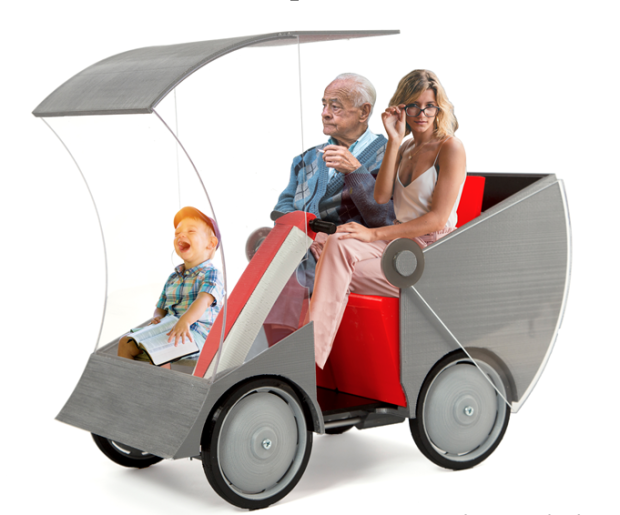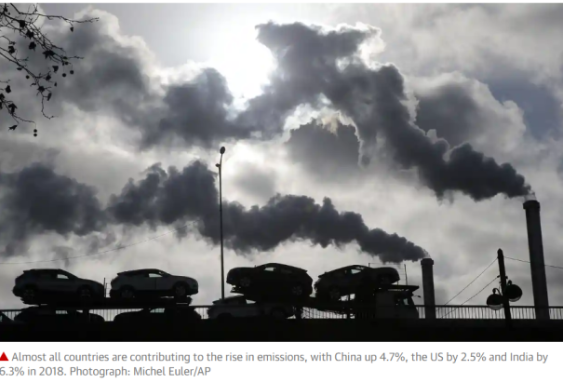
* * Working draft for peer review and comment of 17 July 2019
</b>The basic concept is simple in principle, namely: to identify and put to work a strategic package of proven, street-tested, cost-effective measures, tools and means to reduce GHG emissions from the mobility sector in a cooperating city or place by a targeted five percent (or better) in a year or less. Realization of the concept on the other hand is highly demanding and requires considerable technical competence, abundant political savvy and leadership by daily example.
The underlying goal is highly ambitious, and perhaps not immediately evident. It is about people and choices, and not so much about infrastructure or vehicles. We are talking here about influencing behaviour of individuals and groups in this specific part of their day to day lives. Since indeed the only way that we can successfully make this critical transition in a functioning democracy — is no less than to change behaviour by creating a transformed urban (or rural, or other demographic) ecosystem of connected realities, time, space, perceptions, awarenesses, values, fears, prejudices, habits and, hopefully in parallel with this an wide array of “better than car” or at least satisficing mobility choices. The key to all this being to offer what are perceived as better choices for all when it comes to daily life, climate, mobility, environment and democracy impacts. The challenge we now face is to accompany this transition, and this in the teeth of a rapidly degrading environment and still a largely skeptical world.
Continue reading →




















